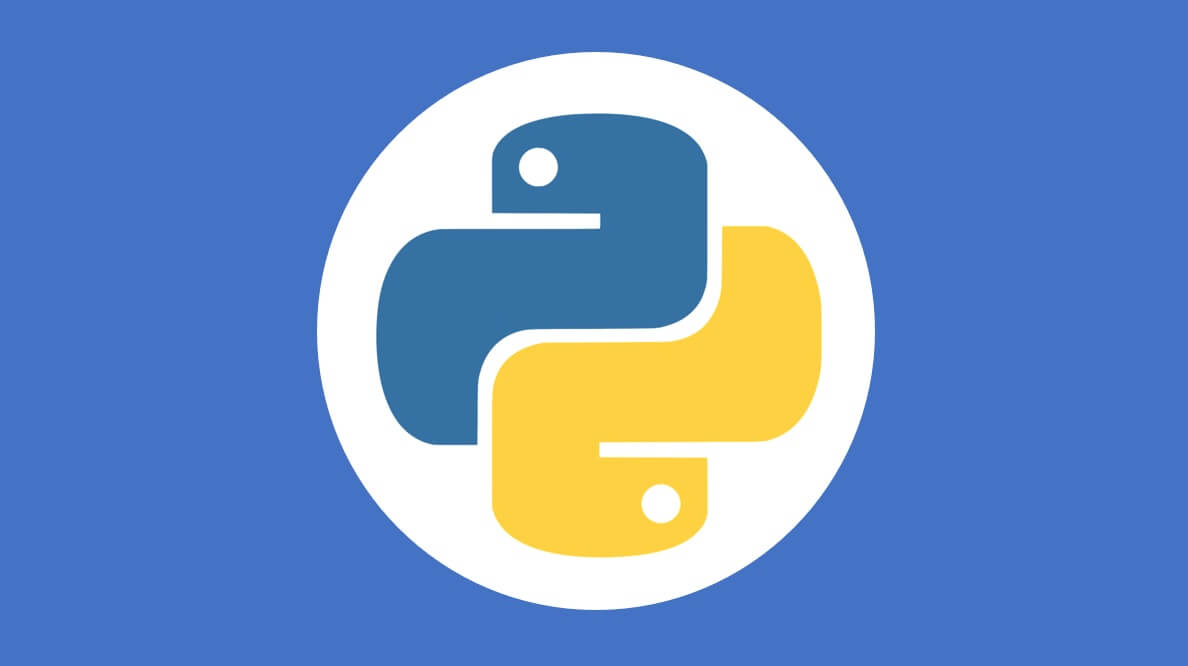Connect with our experts for counseling on your next step to succeed in your career.

Is Python Difficult to Learn?
Python is a powerful and popular programming language used in a broad array of applications. Major corporations worldwide have built substantial portions of their programming on a Python core, including Google, Stripe, Spotify, Facebook, and Netflix. It's simple enough to be used by a beginning sociologist who wants to manipulate data from a population sample and advanced enough to power multiple types of neural networks. When it comes to core programming skills, there are few more central than being adept at using Python.
In this article, we’ll explore how difficult it is to learn Python and also see how to apply the skill in a few different career fields.
How Easy Is It to Learn Python?
Python is a high-level, general-purpose language. Unlike many programming languages that are more accurately described as code, Python syntax is expressed in common English phrases and commands. It places a high emphasis on readability and is procedural-oriented, meaning you can tell from the commands precisely what the programming is telling a computer to do.
Python is widely considered to be an excellent language for beginning programmers. Some languages need to be compiled to run, but Python isn't one of them; instead, it's an interpreted language, which has the advantage of allowing you to read the code and test small snippets of code as you write them. Python can be used on most operating systems, so you don't have to write it differently if you're using a Mac, Windows, or Linux. As a high-level language, developers are more concerned with the big-picture function of what they want the program to do, while many of the common programming functions are handled by building blocks within Python itself.
How Hard Is It to Learn Python?
Although Python is easy to get started on, it is infinitely complex. Python powers some of the most advanced neural networks in the world and is a core aspect of many machine learning and artificial intelligence applications. Data scientists use Python libraries for cross-discipline data analysis and interpretation, diving as deep with their analysis as they can conceive of going.
Arguably one of the more challenging aspects of learning to code in Python is knowing its limits. The language has been used so extensively for so long that more than 137,000 libraries of Python modules exist. Sorting your way through all of these tools to find the ones you need may well be one of the more complicated concepts you'll encounter on the way to Python mastery.
Start your 30-day FREE TRIAL to learn Python.
Python for Data Analysts
Data analysis isn’t specific to any particular scientific or business field—it’s found in every arena. Analysts collect large amounts of information, compile it into sets, and then manipulate it in numerous ways to learn lessons about what the data indicates. Sometimes this can be simple and straightforward, although it often requires incredibly complex algorithms and multiple operations.
A substantial number of data analysts are scientists working within their disciplines. While they’re familiar with data manipulation, their expertise is centered on their particular field, not programming skills. This is why Python is so widely used in the scientific realm: it’s easy to pick up and relatively straightforward to move into very advanced calculations with little effort.
One of the main tools data analysts use is Python libraries. Many chunks of code are repeatable and can be collected in libraries of modules with similar functions. A data analyst who wants to pursue a particular function can access open-source libraries where other scientists have already created similar modules, then put them together with relatively little programming and generate the desired results. Some of the most popular libraries among data analysts are Pandas, NumPy, Matplotlib, and SciPy.
Pandas originated in the field of econometrics and is used to create multidimensional structured data sets. This library can be used to take massive amounts of data and create a data frame, essentially replicating the column/row structure you’d see with tables in statistical software. Data analysts can quickly parse through lots of information with these tools.
NumPy is a library that supports large, multidimensional matrices and arrays. It uses high-level mathematical functions to gain advanced insights from massive datasets. One of the most appealing aspects of NumPy is how quickly it works; it can process arrays up to 50 times faster than Python applications that don't use these modules.
Matplotlib offers tremendous advantages in visual plots. Leveraging object-oriented APIs, the graphical user interface (GUI) can be used to generate virtually any kind of statistical plot and manipulate every visual aspect of the developed product to better understand and display the analyzed data.
SciPy is one of the most widely-known Python libraries and is the foundation for many engineering, scientific, and technical computing applications. Some of the more commonly used functions include image and signal processing, integration, interpolation, linear algebra, optimization, and various special functions.
Enroll in our Data Analysis Bootcamp program to launch your career in Data Analysis.
Python for Network Engineers
Network engineers design, build and manage complex networks. This forms the foundation of an organization’s entire IT system and can be incredibly complex. There's a common belief that network engineers don't need to learn to code. To be entirely fair, they don't. Then again, you don't need a word processor to write—why not just use a typewriter? Just because something isn't absolutely necessary to fulfill the core aspects of a job doesn't mean that it can't drastically simplify what you're trying to do.
One of the advantages Python offers these professionals is the ability to automate complicated network configurations. An engineer can program a router, a switch, or a firewall to conduct various operations with little to no subsequent input using libraries like Pexpect and Scapy. Network engineers can design working systems that require substantial amounts of maintenance and upkeep, or they can use a few simple, Python-based tools to automate significant portions of each configuration.
Cisco DevNet is the key to network programmability. DevNet is a developer program that focuses on empowering developers and other IT professionals to write applications that will integrate various systems with Cisco APIs, platforms, and other products. Network engineers can get help automating numerous aspects of networking, cybersecurity, data centers, the cloud, and integration with the internet of things (IoT). Learning to code in Python shouldn’t be an isolated experience, and DevNet provides an excellent community to overcome challenges and further your educational journey.
Nornir is also a valuable tool for network engineers. It’s designed to run tasks against collections of data, keeping track of each thread as it goes. For networks, that means that the tasks you define will run against your device inventory with any plugins you install or create. Nornir will automatically run whatever tasks you specify against all (or any defined subset) of devices on the network, parallelize them, and keep track of any errors.
Python for Developers
Python has long been popular in the developer community, and its prevalence is only increasing. In 2018, Python was declared the programming language of the year for 2018 based on a global survey of developers. Developers most commonly use Python for data analysis, but nearly as popular is web development, followed by DevOps and system administration.
One of the most prominent examples of this is GitHub, an online hosting platform that facilitates software development. More than 50 million developers have GitHub accounts, and they can share their code openly with other developers and ask for input, feedback, and help to spot errors. Programmers can also browse any code their peers have made public, learning different approaches and ways of utilizing various programming language capabilities, including Python.
Python is renowned for having tens of thousands of open-source libraries. Developers can rapidly adopt repeatable chunks of code that handle lower-level functions, creating a structure that allows them to quickly transition to programming the core mission they want to accomplish. These libraries act as accelerators and resources that are continually being added onto by the global Python community.
How to Learn Enough Python to Get a Job
There are numerous ways to learn Python. You can attend online classes at your own pace or even explore offerings at your local community college. There’s virtually no wrong way to learn Python, but there are a few best practices you should adopt. One of the better ways is to enroll in an online boot camp, like the QuickStart Data Science Bootcamp.
First, practice every day. Even if it’s just ten minutes, keeping the knowledge fresh will rapidly accelerate your learning curve, and this is particularly true with high readability languages. Next, find a community. Depending on your focus, DevNet or GitHub might be the right place for you, or you could find an online group through social media with people of similar interests. Whatever you do, don’t learn in isolation. Finally, use projects. Dry, rote programming can be incredibly discouraging, but when you can see the purpose behind something, your passion and drive exponentially increase.
Python is one of the most widely used programming languages in the world. It’s easy to learn and opens the door to numerous job opportunities. If you haven’t already started, you should consider doing that today.
